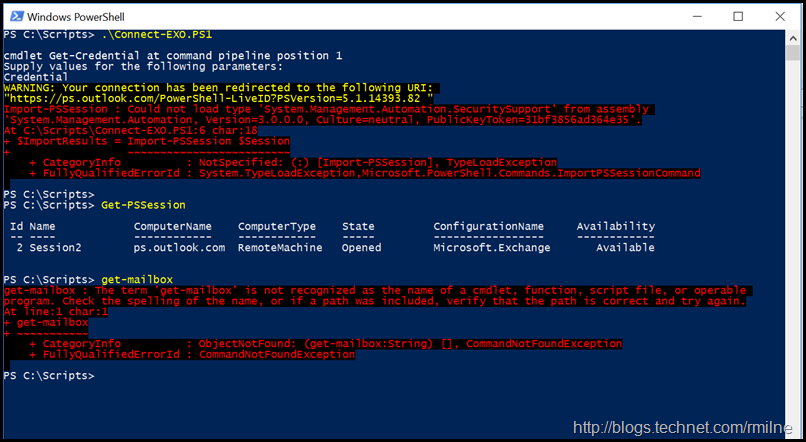
With that in mind-that a syncing service is just as important as an app that uses that syncing service-let me go through some of the various services & apps that have sprung up in the wake of Google Reader’s demise. By charging users, the new RSS services hoped to reassure customers that they would not disappear & would also be able to ramp up the infrastructure necessary to handle a large number of RSS subscribers, requests, & apps. One of the reasons that Google killed Reader was that the company never charged for the service, & never made any attempt to monetize it, so there was little financial incentive to keep it going. Many syncing services announced that they would be charging a small fee for their use. If you only used one app on one device to read your RSS feeds, this might work just fine, but for most people, who want the ability to read synced feeds on different devices, this wasn’t very handy at all. Since there would be no syncing of those feeds, the info about the status of the feeds & their posts would reside solely in the apps. Most RSS reader apps said that in addition to supporting some new syncing services, they would also support simply subscribing to RSS feeds within the apps, without using a syncing service on the back end. This meant, of course, that other apps who wanted to use those new syncing services would have to be reprogrammed, in some cases drastically. Some RSS reader apps announced that they would start offering syncing services to replace those provided by Google Reader, & that those syncing services would be open to any other RSS reader app that wanted to use them (in most cases for a fee see further down in this list for more info).

When Google Reader shut down, the following happened in short order:Ī few RSS reader apps just decided to call it quits & shut down. When Google Reader shut down, it wasn’t just that a website for reader RSS feeds was going away-more importantly (& worse!), the backend syncing service used everywhere was going away too! Pretty much every RSS app & website used Google Reader as a syncing service. Reader, the post would be starred there as well.

Likewise, if I starred a post on the Google Reader website, when I opened up Reeder or Mr. Reader, that program notified Google Reader that it as read, & then, when I opened one of the other apps or looked at the Google Reader website, that post or feed was gone. If I marked a post or feed as read in Mr. Reader that also synced with Google Reader. When I was on my iPhone, however, I used a program called Reeder that synced with Google Reader, & when I was on my iPad, I used a program called Mr. In my case, I used Google Reader via its website when I was at my laptop. Google Reader made it relatively easy for other apps to use it as a backend syncing service, which allowed users to pick & choose among RSS apps. That second one requires a bit more explanation.

This used to be an easy one: if you wanted to follow RSS feeds, use Google Reader. I wrote the following about RSS services & apps for my students, but I wanted to share it here as well, since I thought others might find it useful. Louis this semester, & one of our topics is RSS. I’m teaching my Social Media course (AKA From Blogs to Wikis) at Washington University in St.


 0 kommentar(er)
0 kommentar(er)
